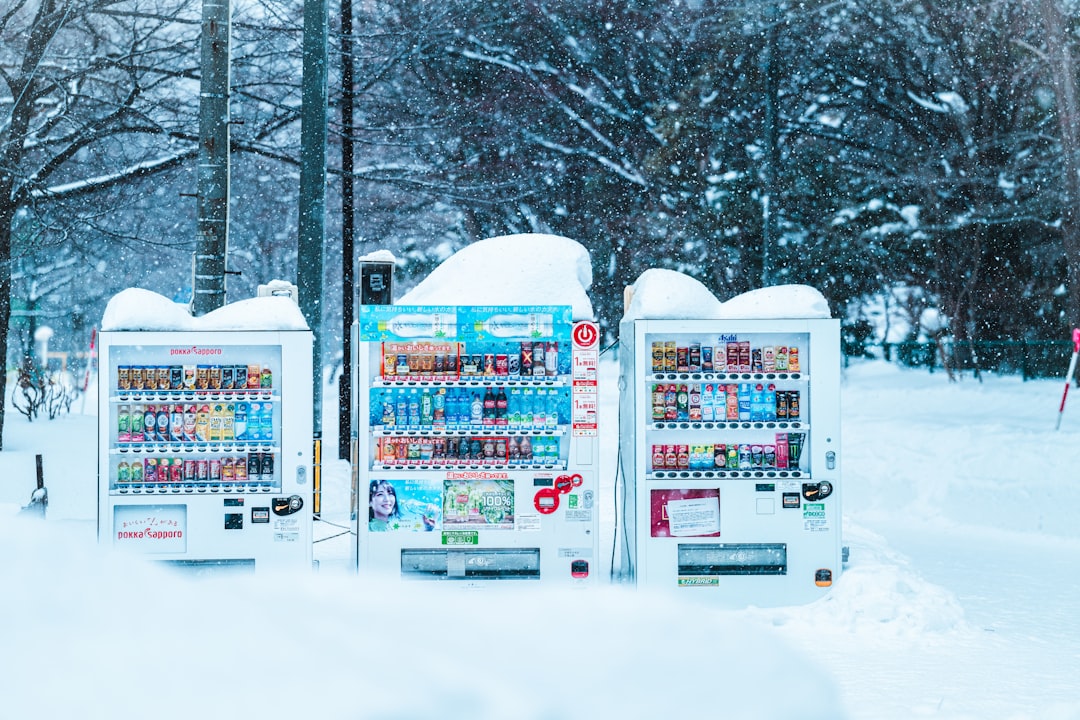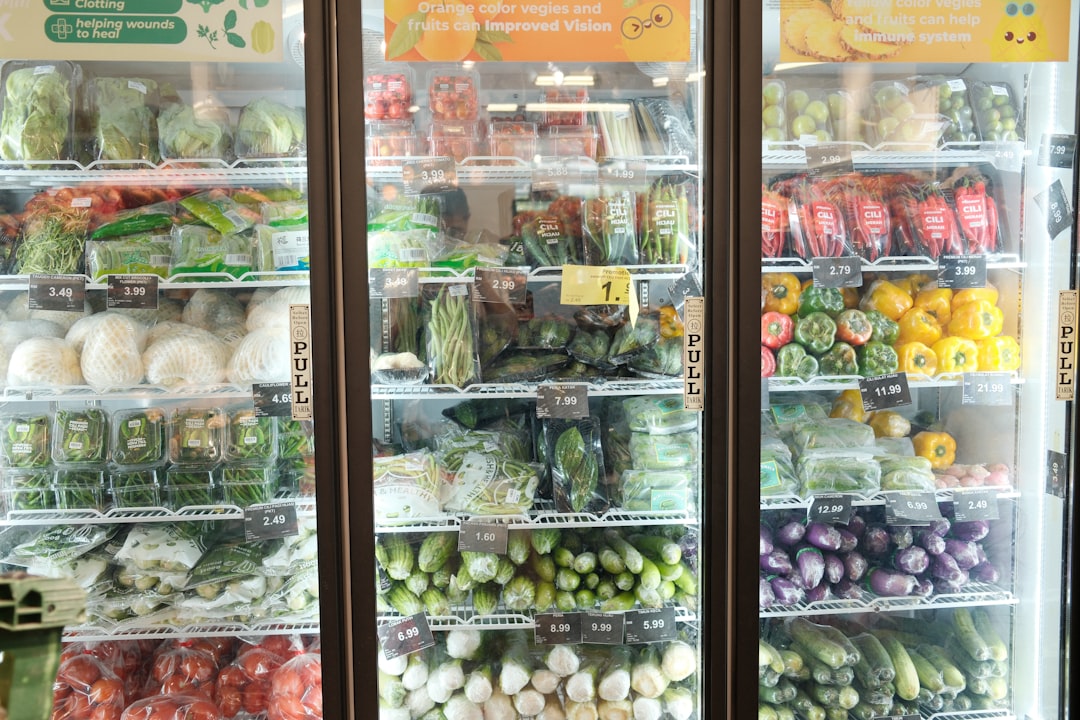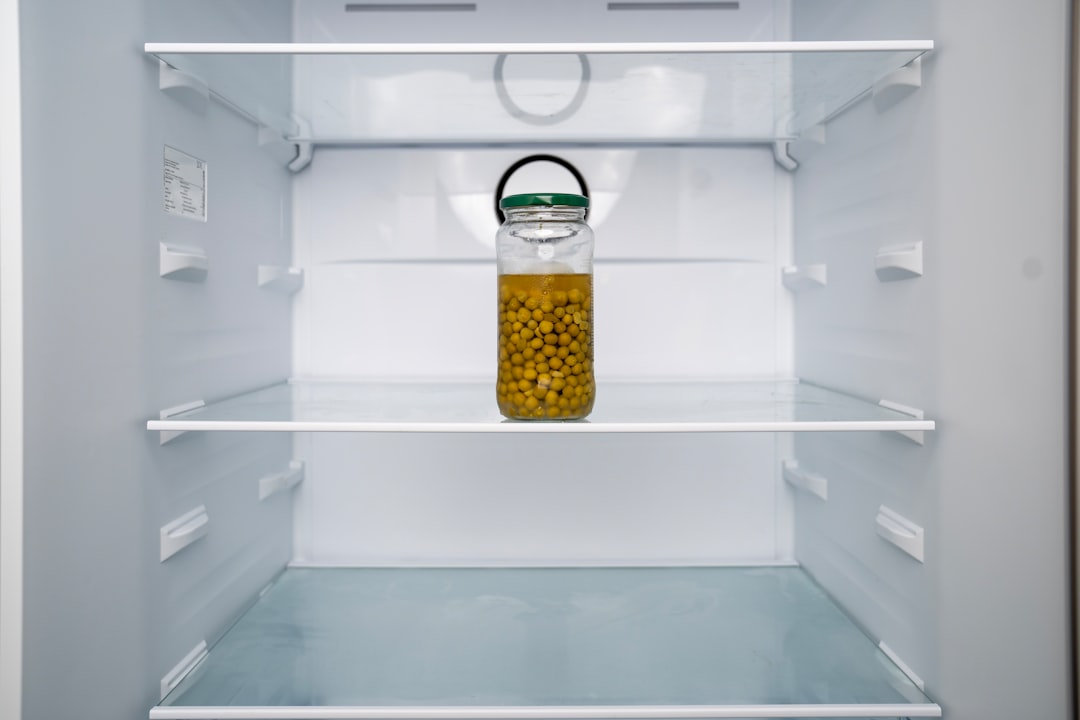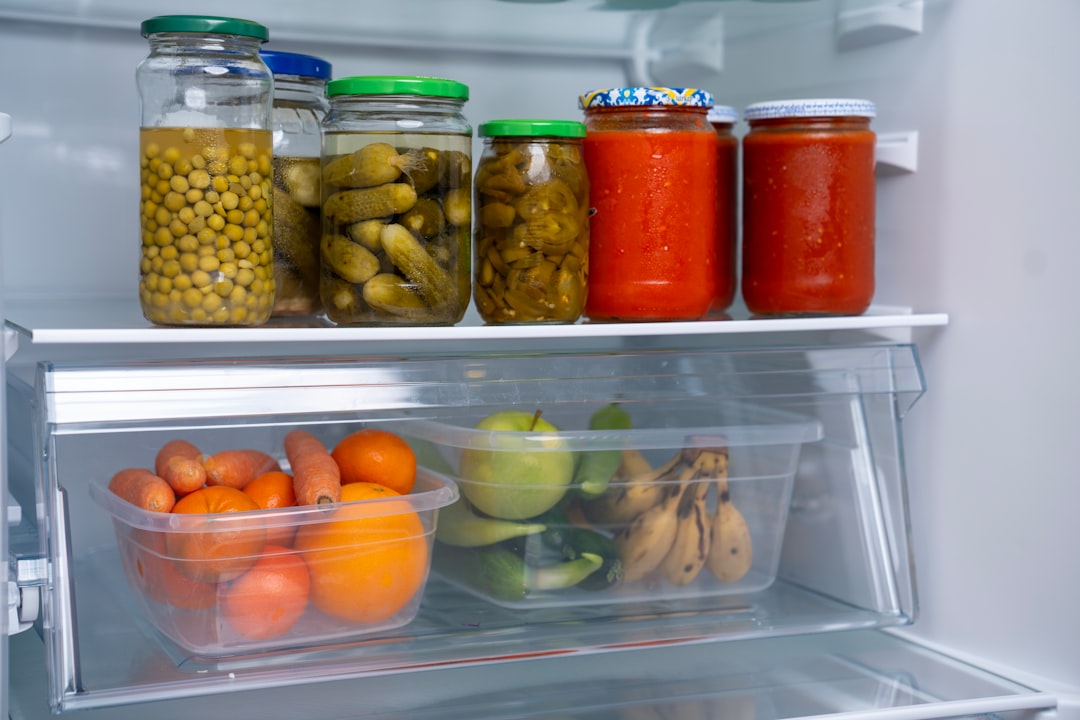
Supercharge your lead generation with a FREE Google Ads audit - no strings attached! See how you can generate more and higher quality leads
Get My Free Google Ads AuditFree consultation

No commitment
Supercharge your lead generation with a FREE LinkedIn Ads audit - no strings attached! See how you can generate more and higher quality leads
Get My Free Google Ads AuditFree consultation

No commitment
Supercharge your lead generation with a FREE Meta Ads audit - no strings attached! See how you can generate more and higher quality leads
Get My Free Google Ads AuditGet My Free LinkedIn Ads AuditGet My Free Meta Ads AuditFree consultation

No commitment
Supercharge your lead generation with a FREE Google Ads audit - no strings attached! See how you can generate more and higher quality leads
Get My Free Google Ads AuditFree consultation

No commitment
In today's marketing landscape, effectively harnessing Google Ads can make all the difference for B2B marketers in specialized fields like Frozen Food Storage Facilities. Combining online visibility with offline presence is key. Google Ads drives high-intent prospects at crucial moments of their search journey, thus becoming indispensable in your marketing mix. For businesses in the frozen food storage industry, this represents a vital opportunity to enhance brand engagement, capture demand precisely, and seamlessly track ROI through a multi-channel approach. A growing challenge is handling prospects who research services without direct contact, resulting in untapped high-value leads and disengaged decision-makers.

Frozen food storage facilities operate within a competitive, margin-sensitive sector where decision-makers prioritize reliability, compliance, and operational efficiency. Reaching these B2B buyers requires precise, intent-driven marketing tactics that cut through the noise and deliver measurable results. A strategic approach to online lead generation can dramatically improve both the quality and quantity of inbound opportunities for facilities offering cold storage and refrigerated warehousing. For additional insights on market trends and evolving buyer behaviors in frozen food warehousing, explore how consumer appetites and technology are transforming the industry.
Integrating Google Ads into your marketing ecosystem enables direct access to buyers searching for solutions like "cold storage logistics" or "refrigerated warehouse space." The real value, however, lies in moving beyond basic ad targeting: using intent signals to identify high-value prospects in real time and route them to sales before competitors can react. By unifying your marketing data, you can dynamically update audiences as leads progress, ensuring your campaigns always target the most engaged and relevant accounts.
This comprehensive strategy ensures frozen food storage facilities not only reach the right prospects but also convert them efficiently, supporting sustainable revenue growth in a data-driven, tech-forward marketplace. Ready to streamline your digital lead generation? Get started for free with Sona.

Frozen food storage facilities operate in a highly specialized B2B landscape where precision and timing drive new business. Digital campaigns must deliver value by connecting operators with decision-makers who are actively searching for cold chain logistics or storage solutions, especially during spikes in demand or supply chain disruptions. For a practical overview of setting up and managing Google Ad campaigns tailored for this space, see this step-by-step process for self-storage Google Ads.
Ready to boost your facility’s digital performance? Get started for free with Sona.


Vertical keyword targeting in frozen food storage marketing delivers exceptional precision compared to generic approaches. By aligning content and campaigns with highly specific terms—such as "refrigerated warehouse solutions," "cold storage facility promotion," or "frozen supply chain logistics"—marketers surface prospects actively searching for these services, capturing buyers with immediate intent. Integrating these niche keywords into a content calendar ensures consistent visibility and ongoing lead generation for specialized offerings. Sophisticated platforms now help identify not just search volume, but also real-time engagement from high-value accounts, enabling teams to prioritize spend where conversion potential is highest.
Competitive gap analysis reveals overlooked opportunities in the crowded cold storage sector. Using advanced platforms, marketers can map where competitors miss the mark—whether on service reliability, geographic reach, or compliance—and craft messaging that directly addresses those gaps. This analysis isn't just about keywords, but about pinpointing pain points that resonate with decision-makers responsible for large-scale frozen food operations. When leveraging unified analytics, B2B teams can go beyond surface-level data, identifying which companies are engaging with specific competitor content, allowing for tailored follow-up and accelerated pipeline movement.
Industry placements are critical for cold storage facility promotion where organic search often underperforms due to low overall search volume or niche terminology. Placing ads on respected trade publications, logistics directories, or industry newsletters ensures that messaging reaches procurement managers, supply chain directors, and operations executives where they already gather information. With modern ad tech, marketers sync enriched audience data—such as recent site visitors or high-fit CRM leads—into these placements, creating continuity between digital and industry-specific channels. For a step-by-step breakdown of running Google Ad campaigns in the storage industry, see this guide to Google Ad campaigns. This approach keeps your brand present and top of mind throughout the research and buying cycle.
Content retargeting transforms long-form assets like whitepapers, regulatory guides, or operational benchmarks into powerful lead magnets for food storage facility prospects. When a visitor downloads a cold chain compliance checklist or views an energy efficiency case study, dynamic audience building tools immediately segment and update retargeting groups. These prospects then see tailored messaging as they research solutions, increasing the likelihood of re-engagement and conversion. By connecting intent signals from website activity with ad targeting, marketers achieve higher attribution accuracy and can tie offline or sales-assisted conversions back to specific campaigns, optimizing spend and improving ROI. To experience these targeting and analytics capabilities firsthand, get started for free with Sona.

Effective audience segmentation for frozen food storage facilities enables marketers to eliminate wasted ad spend and sharpen their targeting in a highly competitive sector. By leveraging modern data tools, B2B revenue teams can build finely tuned campaigns that respond directly to the unique requirements and buying cycles of key market players.

| Industry | Keyword | Monthly Search Volume | Competition Level | Low Bid | High Bid |
| Frozen Food Storage Facilities | frozen food storage facilities | 10 |
Frozen food storage facilities operate in a market where decision cycles are fast and competition is increasingly data-driven. Success hinges on intercepting buyers at critical junctures, when storage or logistics needs are immediate and purchasing intent is high. Advanced campaign segmentation allows marketers to capture prospects precisely when they search for solutions such as "frozen food storage solutions" or "cold chain logistics support." Enhanced visibility tools powered by visitor identification go beyond surface-level analytics, enabling teams to de-anonymize high-intent website traffic and reveal which organizations are actively comparing refrigerated warehousing options.
Monitoring the journey from initial click to closed deal is essential in demonstrating marketing value and optimizing spend. By tracking engagement signals across Google Ads and integrating with CRM and sales systems, marketers can attribute conversions to specific campaigns, refine messaging, and uncover upsell opportunities within existing accounts. For a practical guide on managing Google Ad campaigns in the storage sector, see step-by-step Google Ads for storage businesses.
Maximizing reach involves orchestrating campaigns across Google Ads, social platforms, and display networks for consistent message delivery. Dynamic audience syncing keeps segments updated as leads progress through the funnel, minimizing leakage and preventing lead churn. To further unify your multi-channel orchestration strategy, explore our collection of actionable playbooks.
Targeting high-value keywords like "frozen food storage solutions," "cold chain logistics support," and "refrigerated warehousing options" ensures ads appear for the most relevant, high-converting queries. Incorporating long-tail and regional modifiers, such as "cold storage facilities near me," further sharpens targeting, reduces wasted spend, and increases the share of qualified inbound leads.
Sample target keywords for frozen food storage companies should prioritize precise keyword variations, including:
Aligning keyword strategy with refined targeting, measurable outcomes, and multi-channel orchestration provides a performance edge for frozen food storage marketers seeking to unify their demand generation efforts and maximize campaign ROI. To experience these strategies in action, get started for free with Sona.
When leveraging a platform that unifies ad and CRM data, you can pinpoint not just the keywords driving traffic but also the precise companies visiting your site. This allows for dynamic audience updates and retargeting of high-value accounts, not just anonymous visitors.
Dynamic audience insights let marketers update ad messaging in real time based on visitor behavior and intent. Coupling ad platforms with advanced visitor identification enables segmentation for returning versus new prospects, maximizing relevance for each audience segment.
Platforms that sync CRM and ad data in real time ensure landing page content, forms, and CTAs adjust dynamically to each segment or buyer stage, supporting a personalized experience and seamless sales handoff.
With advanced attribution and real-time CRM sync, marketers can track the full customer journey—from first click to closed-won deal—across all channels. This unified view reveals which campaigns drive actual revenue, enabling precise optimization and better budget allocation. For teams managing complex, multi-touch sales cycles, these insights provide a critical advantage in scaling revenue efficiently. If you're ready to put these strategies into action, get started for free with Sona.
Growth in the frozen food storage sector demands a focused, data-driven approach that aligns digital outreach with industry realities. High-value decision-makers respond to campaigns that demonstrate operational expertise and a deep understanding of their unique challenges, from supply chain reliability to evolving compliance standards. For ongoing industry insights and digital strategies, visit the Sona marketing analytics blog.
A strategic blend of retargeting, hyper-localized campaigns, and informed content creation positions your frozen food storage business to capture and nurture demand efficiently. Modern marketing platforms now make it possible to unify these data points, offering a comprehensive view of each touchpoint and empowering revenue teams to act quickly on real intent signals. To streamline your marketing operations and audience targeting, get started for free with Sona.
Navigating the competitive landscape of promoting frozen food storage facilities requires a strategic approach, particularly when leveraging tools like Google Ads. By understanding the unique challenges and opportunities in this niche market, you can effectively reach and engage your target audience, enhancing your facility's visibility and appeal.
Throughout this article, we've examined the core challenges of marketing frozen food storage facilities, explored best practices for utilizing Google Ads, and identified key strategies to attract potential customers. From optimizing keyword selection to crafting compelling ad copy, these insights offer a comprehensive roadmap to bolster your marketing efforts and drive meaningful results.
As you embark on this journey, remember that the right strategies can transform your facility's online presence and open doors to new business opportunities. By implementing these techniques, you can elevate your marketing game, connect with more clients, and ultimately, grow your business in this competitive space.
To experience a seamless integration of insights and data-driven solutions, start for free and discover the potential of our platform today.
To set up Google Ads for your frozen food storage facility, focus on precise keyword selection, align ad creative with landing page content, and integrate ad data with your CRM for comprehensive tracking and optimization.
The best keywords include industry-specific terms like 'cold storage solutions,' 'frozen food warehousing,' and 'refrigerated warehouse space' to attract genuine decision-makers.
Track effectiveness by integrating Google Ads data with CRM systems to capture and attribute high-value actions, ensuring comprehensive tracking of both online and offline conversions.
The article does not specify an average cost per click, but emphasizes optimizing ad spend efficiency through precise audience targeting and keyword selection.
Optimize your ads by using intent signals to identify high-value prospects, integrating data across marketing channels, and continuously refining your keyword strategy and audience targeting.
Successful campaigns include search campaigns for high-intent prospects, display ads for brand awareness, and video ads for explaining logistics and facility features.
Target the right audience by defining segments like logistics managers and food distributors, using intent signals, and dynamically updating audience segments based on real-time data.
Benefits include reaching high-intent prospects during crucial search moments, enhancing brand engagement, capturing demand, and tracking ROI through a multi-channel approach.
Integrate Google Ads by connecting ad performance data with first-party data from your CRM, website, and offline sources to ensure comprehensive and actionable tracking.
Join results-focused teams combining Sona Platform automation with advanced Google Ads strategies to scale lead generation

Connect your existing CRM

Free Account Enrichment

No setup fees
No commitment required

Free consultation

Get a custom Google Ads roadmap for your business
Join results-focused teams combining Sona Platform automation with advanced Meta Ads strategies to scale lead generation

Connect your existing CRM

Free Account Enrichment

No setup fees
No commitment required

Free consultation

Get a custom Google Ads roadmap for your business
Join results-focused teams combining Sona Platform automation with advanced LinkedIn Ads strategies to scale lead generation

Connect your existing CRM

Free Account Enrichment

No setup fees
No commitment required

Free consultation

Get a custom Google Ads roadmap for your business
Join results-focused teams using Sona Platform automation to activate unified sales and marketing data, maximize ROI on marketing investments, and drive measurable growth

Connect your existing CRM

Free Account Enrichment

No setup fees
No commitment required

Free consultation

Get a custom Google Ads roadmap for your business
Over 500+ auto detailing businesses trust our platform to grow their revenue
Join results-focused teams using Sona Platform automation to activate unified sales and marketing data, maximize ROI on marketing investments, and drive measurable growth

Connect your existing CRM

Free Account Enrichment

No setup fees
No commitment required

Free consultation

Get a custom Google Ads roadmap for your business
Over 500+ auto detailing businesses trust our platform to grow their revenue
Join results-focused teams using Sona Platform automation to activate unified sales and marketing data, maximize ROI on marketing investments, and drive measurable growth

Connect your existing CRM

Free Account Enrichment

No setup fees
No commitment required

Free consultation

Get a custom Google Ads roadmap for your business
Over 500+ auto detailing businesses trust our platform to grow their revenue
Our team of experts can implement your Google Ads campaigns, then show you how Sona helps you manage exceptional campaign performance and sales.
Schedule your FREE 15-minute strategy sessionOur team of experts can implement your Meta Ads campaigns, then show you how Sona helps you manage exceptional campaign performance and sales.
Schedule your FREE 15-minute strategy sessionOur team of experts can implement your LinkedIn Ads campaigns, then show you how Sona helps you manage exceptional campaign performance and sales.
Schedule your FREE 15-minute strategy sessionOur team of experts can help improve your demand generation strategy, and can show you how advanced attribution and data activation can help you realize more opportunities and improve sales performance.
Schedule your FREE 30-minute strategy sessionOur team of experts can help improve your demand generation strategy, and can show you how advanced attribution and data activation can help you realize more opportunities and improve sales performance.
Schedule your FREE 30-minute strategy sessionOur team of experts can help improve your demand generation strategy, and can show you how advanced attribution and data activation can help you realize more opportunities and improve sales performance.
Schedule your FREE 30-minute strategy sessionOur team of experts can help improve your demand generation strategy, and can show you how advanced attribution and data activation can help you realize more opportunities and improve sales performance.
Schedule your FREE 30-minute strategy session





Launch campaigns that generate qualified leads in 30 days or less.
